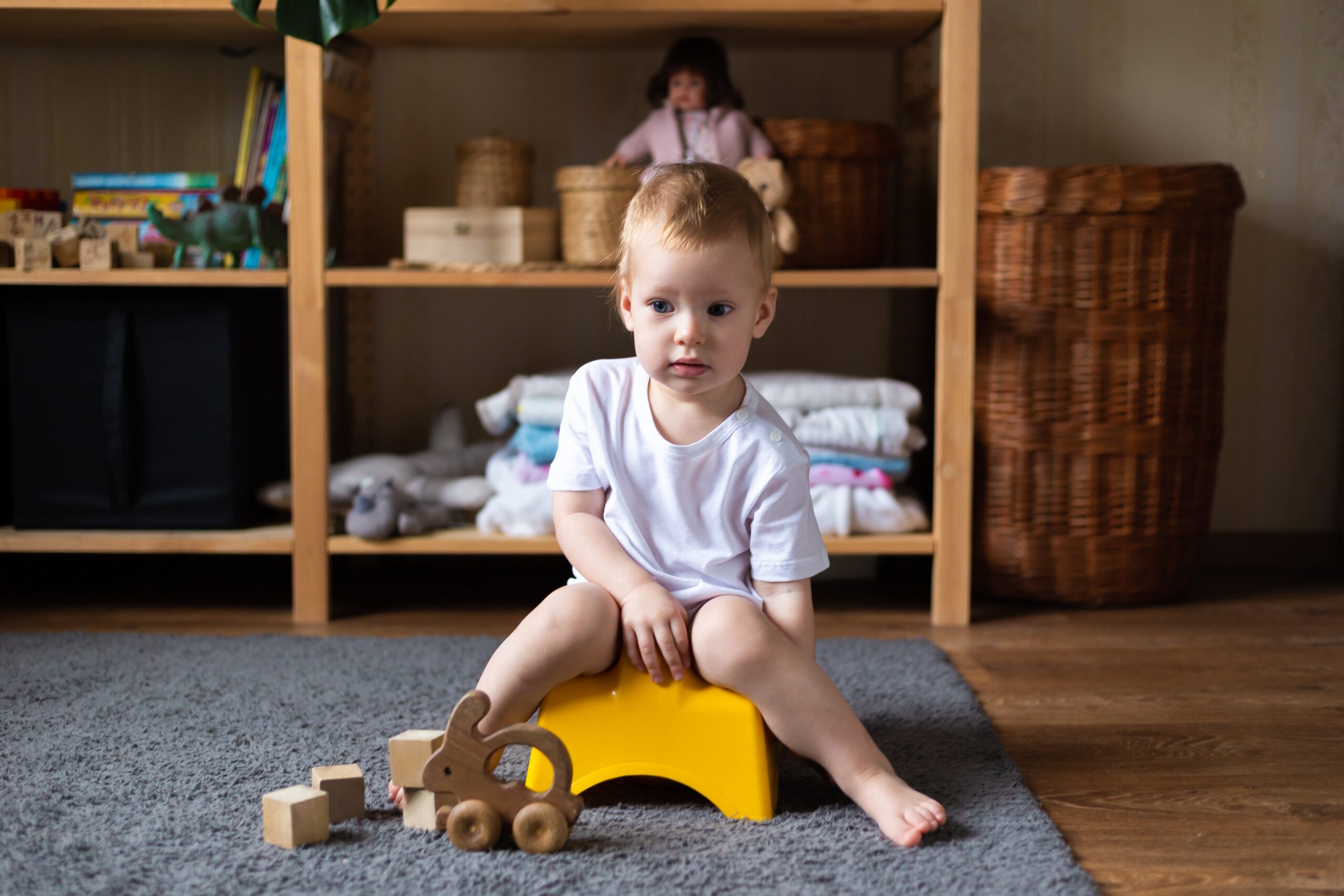How to Create and Use a Visual Binder for Effective Communication
Communication is a fundamental aspect of human interaction, but for individuals who face challenges with verbal communication, social interaction, or abstract language, finding alternative methods to convey their thoughts, needs, and emotions is essential. One such method that has proven to be effective is the use of a visual binder communication system. In this article, we will explore how to create and use a visual binder to facilitate meaningful communication for individuals with communication difficulties.
Understanding the Visual Binder Communication System
A visual binder communication system is a structured and visual approach to communication designed to support individuals who struggle with traditional verbal communication methods. This system employs visual aids such as pictures, icons, and symbols to help individuals understand and express themselves more effectively. The primary purpose of a visual binder is to provide a clear and organized way for individuals to communicate and comprehend information, thereby reducing frustration and promoting independence.
Creating Your Visual Binder: Step by Step
Creating an effective visual binder involves careful organization and customization to meet the specific needs of the individual using it. Here’s how to create and use a visual binder:
1. Front Cover and Initial Setup
The front cover of the visual binder serves as the starting point. Attach around five Velcro dots to this section. These dots will be used to initially place pictures representing desired items and activities. The goal is to teach the individual to associate their desired objects or actions with the corresponding images.
2. First-Then Board
The “First-Then” board is a crucial section of the visual binder. Break down complex daily schedules into smaller, more manageable sections. This approach makes it easier for the individual to comprehend and stay engaged. Utilize this section to guide them through their activities step by step.
3. Visual Schedule
The visual schedule section contains three to five activities at a time. This schedule is continuously updated throughout the day as the individual progresses through each activity. Regularly updating the visual schedule helps the individual understand and anticipate what comes next.
4. Categorized Picture Sections
To keep the visual aids organized, divide them into categories. Common categories include:
- General: Including images for “go,” “help,” “more,” “all done,” “yes,” and “no.”
- Location: Pictures of various places such as bathroom, kitchen, living room, bedroom, etc.
- Toys: Preferred toys and activities, such as books, puzzles, trains, cards, farm animals, and more.
- Food: Preferred foods and family meals, including images of fruits, yogurt, pancakes, chicken, pizza, pasta, and more.
Using the Visual Binder: A Step-by-Step Guide
Using the visual binder effectively involves a step-by-step approach to encourage communication and independence:
1. Introduction and Training
- Introduce the visual binder in a calm and non-threatening environment.
- Allow the individual to explore the binder at their own pace.
- Provide simple explanations and demonstrations on how the binder works.
2. Modeling and Reinforcement
- Model the use of the visual binder for the individual.
- Show them how to find and select visual aids.
- Reinforce their communication attempts by responding immediately to their cues.
3. Consistency in Routine
- Incorporate the visual binder into the individual’s daily routine.
- Use it during various activities, transitions, and social interactions.
- Establish a predictable routine for using the binder, such as during the morning routine.
4. Encouraging Independence
- As the individual becomes more familiar with the visual binder, encourage them to initiate communication independently.
- Gradually reduce prompts as their confidence grows.
5. Advancing Communication Skills
- Introduce more complex visual aids as the individual’s communication skills improve.
- Incorporate writing words alongside pictures or higher-level concepts.
6. Adapting to Individual Needs
- Pay attention to the individual’s reactions and preferences.
- Be flexible and adapt the system accordingly.
- Some individuals may respond better to certain types of visuals or communication strategies.
7. Regular Assessment and Updates
- Regularly assess the individual’s progress with the visual binder system.
- Update visual aids and categories to match evolving skills and needs.
8. Patience and Positive Reinforcement
- Be patient, as mastering communication through a visual binder may take time.
- Offer plenty of positive reinforcement, praise, and encouragement.
- Be open to experimenting and adjusting the visual binder to find the most effective methods for communication.
Conclusion
A visual binder communication system can be a powerful tool for individuals who face challenges with verbal communication and social interaction. By using pictures, icons, and symbols to facilitate communication, this system offers a structured and organized approach that reduces frustration and promotes independence. By creating a carefully customized visual binder and following a step-by-step process for its use, caregivers, educators, and individuals themselves can unlock new avenues for effective communication and meaningful interaction.
Also read: How to Teach a Child with Autism to Talk
About Olga Sirbu
My name is Olga Sirbu, I am a Board Certified Behavior Analyst (BCBA) and Licensed Applied Behavioral Analyst. My goal is to support and empower families and individuals on the autism spectrum.
Autism Advance is dedicated to training parents and caregivers, providing practical tips, and teaching individuals how to educate kids with autism.
I share evidence-based practices to help you better understand and support individuals with autism. Learn practical strategies to help individuals with autism reach their full potential, as well as gain a deeper understanding and acceptance of autism.
Thank you for considering Autism Advance as a resource for your autism journey.








